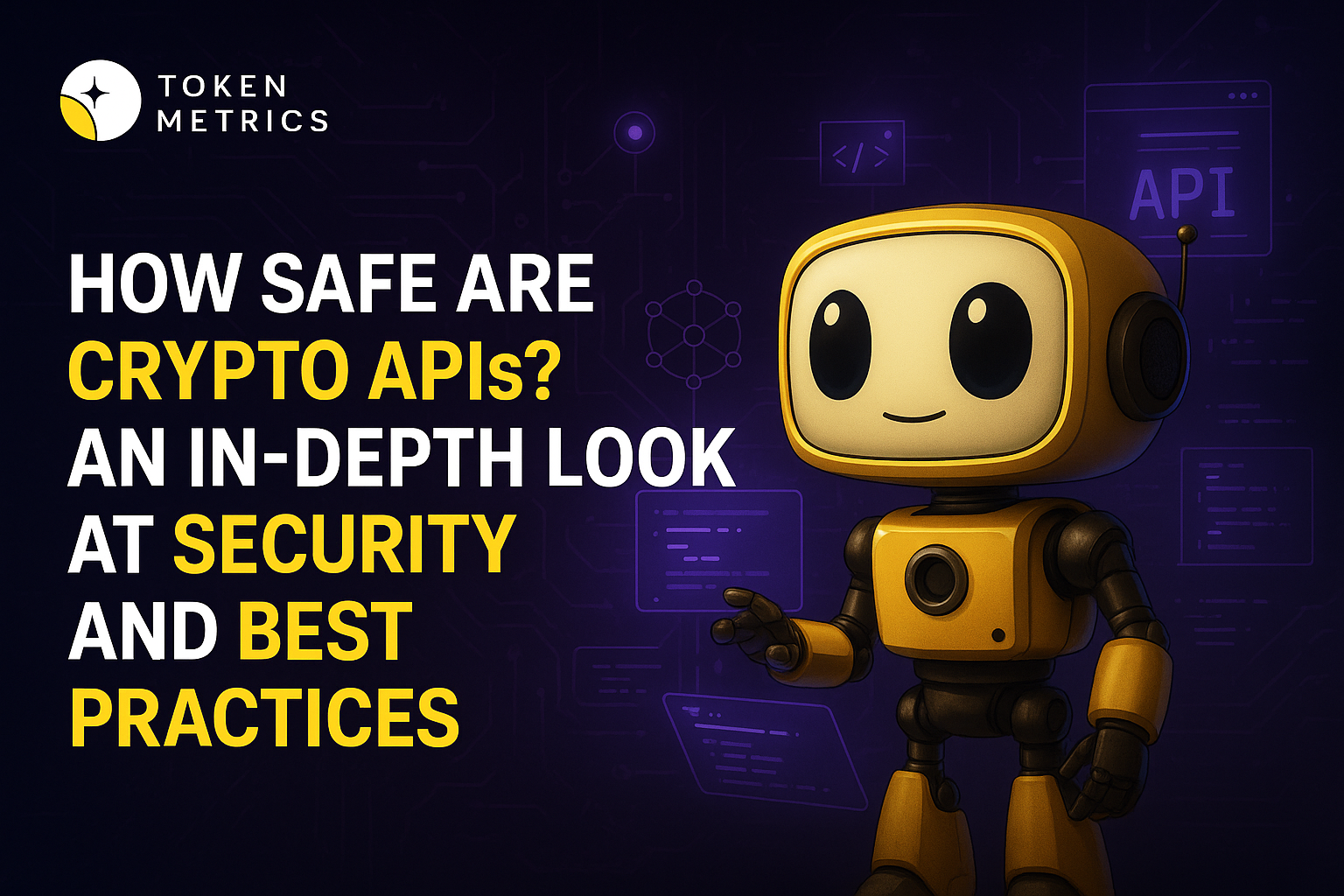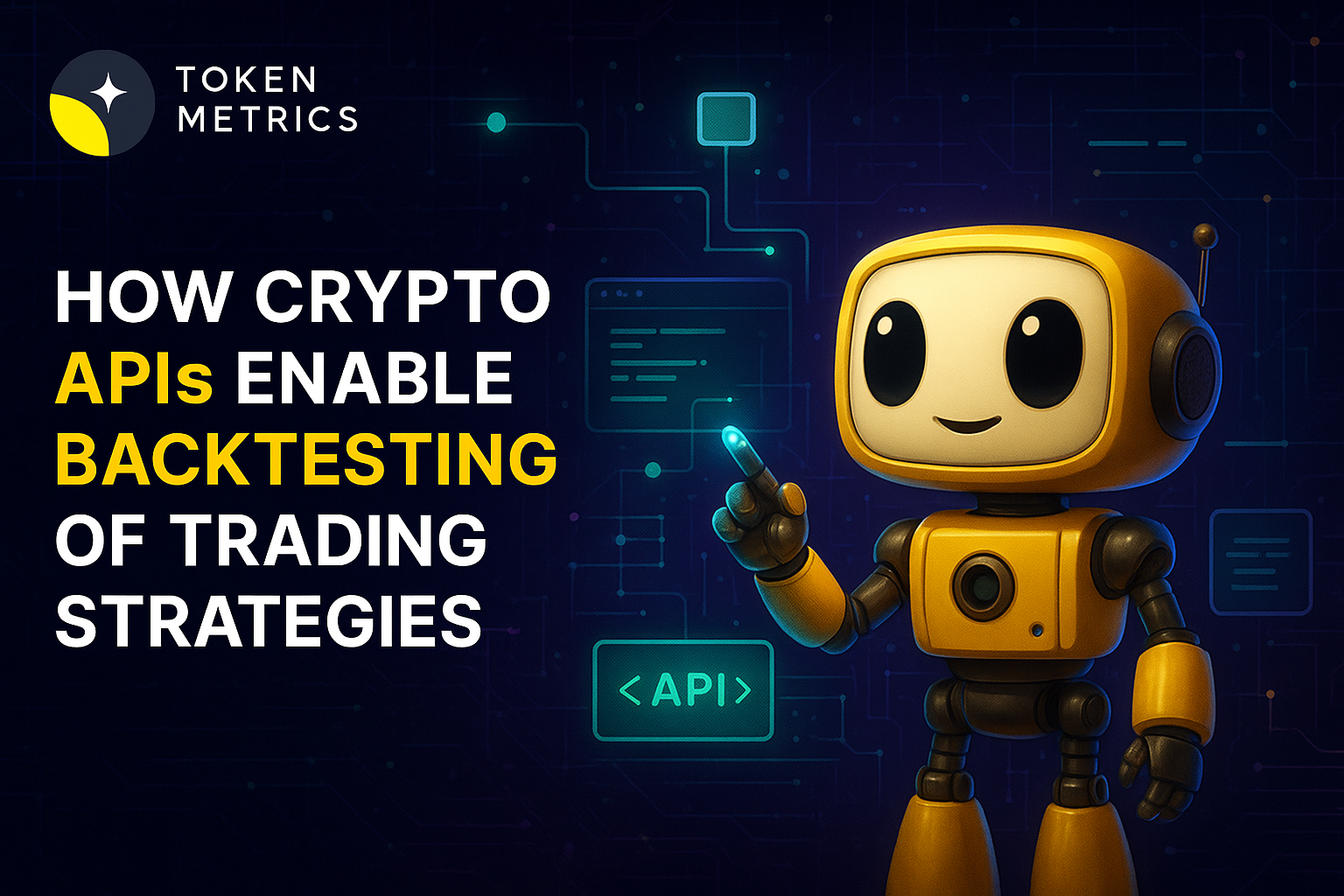What is Polkadot (DOT) Crypto and Is It a Good Investment?

Polkadot is an innovative, interoperable blockchain network that has the potential to revolutionize the crypto industry. It is the brainchild of Dr. Gavin Wood, one of the co-founders of Ethereum.
Polkadot provides a platform for different blockchains to interact with each other, enabling the exchange of data and assets between them.
With its scalability, robust security features, and cross-chain compatibility, Polkadot is quickly becoming one of the most popular networks for developers and users. This comprehensive guide will provide an overview of the Polkadot network and its features and a look at some of the projects built on the platform. From its scalability to its security and interoperability, this guide will cover the basics of Polkadot and why it is revolutionizing the blockchain industry.
History of the Polkadot Network
The Polkadot network is a scalable, interoperable blockchain network designed to connect numerous blockchain networks and facilitate data and asset transfer between them. It was proposed by Gavin Wood, one of the co-founders of Ethereum, and was funded by a successful ICO in 2017.
The network is powered by a native token known as DOT, which governs the network and exchanges data between chains.
Polkadot is unique in that it is designed to be "hack-proof", due to its implementation of a "democratic" consensus mechanism. While a small number of miners control other blockchain networks, Polkadot's consensus is controlled by a large pool of validators who are democratically elected by users of the network. This ensures that no one party can completely control the network, making it resistant to cyber-attacks.
Polkadot's Scalability
One of the biggest issues affecting the blockchain industry is scalability. Networks like Ethereum can only process 15 transactions per second, which is far from sufficient for mass adoption. If a blockchain network hopes to be used by large corporations and governments, a low transaction capacity is a huge barrier to entry.
Polkadot uses a unique relay chain system to solve the scalability problem. The relay chain system acts as a bridge between different blockchains, allowing them to connect to each other. The chains are controlled by validators who process transactions for chains they are not a part of.
This allows for transactions on the Polkadot network to be processed by a network of blockchains instead of one single blockchain. This allows for a significant increase in transaction capacity, with one estimate showing 200,000 transactions per second.
The Security Benefits Of Polkadot
Polkadot is committed to providing secure, stable blockchain networks that are not susceptible to cyber attacks. To achieve this, Polkadot uses a unique governance model that allows a large pool of validators to secure the network against attacks.
Any party can become a validator on the network by staking DOT tokens. Validators are then rewarded for their work by being paid a portion of DOT token fees generated by the network.
Validators have a lot of power on the Polkadot network and are responsible for:
- Confirming transactions
- Producing blocks
- Processing cross-chain communication, and
- Governing the network.
If a validator behaves maliciously on the network, the network can punish them by reducing their reward or completely removing them from the network.
Polkadot's Interoperability
One of the biggest problems facing blockchain networks is interoperability. Blockchains cannot communicate with each other, which is a significant barrier to the implementation of blockchain technology on a large scale. Polkadot uses a unique system known as the relay chain to enable cross-chain communication between different networks.
For example, let's say that a business wants to move funds from a corporate blockchain network to a public blockchain network for the purpose of trading digital assets. Currently, there is no way for these blockchains to communicate with each other, which makes the process extremely difficult and expensive.
With Polkadot's relay chain, the funds are sent from one blockchain to the relay chain; then they are sent to the other blockchain. The relay chain allows blockchain networks to communicate with each other and exchange data, removing the interoperability barrier.
Projects Built on Polkadot
Polkadot has a handful of projects being built on its network. Acala is one such project.
Acala is the ultimate DeFi solution, providing a secure and scalable blockchain platform built on Polkadot, along with a variety of cross-chain financial tools. Users can trade, borrow, provide liquidity, access staking derivatives, and earn high-interest returns on their digital assets. Compatible with Ethereum and optimized for DeFi, Acala's all-in-one network offers endless possibilities for decentralized finance.
How to Buy Polkadot Crypto?
To buy Polkadot’s token, follow these 3-simple steps:
1. Select a Cryptocurrency Exchange
If you’re new to investing in cryptocurrency, you’ll have to open an account with a cryptocurrency exchange. If you’re deciding between exchanges, pay attention to the platform’s security features, account minimums and added fees. Eg: Binance, Coinbase, Kraken
2. Submit Your Polkadot Order
Once you get an exchange account, you can fund it by either linking your bank account or entering your debit card information. Some exchanges allow you to use a credit card, but think twice before using credit as it might charge excess fees. When you’re ready to purchase Polkadot, use the ticker symbol—DOT—and enter the amount you want to invest, such as $50 or $100.
3. Store Your Polkadot
Whenever you buy cryptocurrencies, you have to handle storage on your own. Properly storing your investment is essential to ensure you keep your tokens safe. There are several storage options:
Hard Wallet: A hard wallet resembles a flash drive or USB drive. It’s a small, physical device that plugs into your computer or laptop and stores your private and personal crypto keys. They are considered “cold” because they aren’t connected to the internet or a network when not actively in use.
Paper Wallet: This form of storage is less popular than it used to be but can be a viable storage option. With a paper wallet, you write down keys or apps to download a QR code. If you lose it, you can recover your cryptocurrencies.
Software Wallet: Software wallets are apps or programs you can download to manage your cryptocurrencies electronically. Because they’re connected to the internet and networks, they’re less secure, but they make it easy to trade your holdings.
Crypto Exchanges: Some cryptocurrency exchanges, such as Coinbase, has built-in storage and store cryptocurrencies on your behalf. But relying on an exchange for storage can be risky, and you may want to consider other solutions for long-term storage.
Is Polkadot A Good Investment?
Although Polkadot might experience a bearish 2023, this indeed can be the right time to invest. Because, In 2021, Polkadot concreted its worth to potential traders and investors with apparent proof.
How?
Polkadot has actually kept its promise as the DOT token went on to hit an all-time high along with ranking well among the crypto peers in 2021. Despite a market crash or a price drop, Polkadot is still estimated to be in the profit zone.
To cut it short, crypto prediction experts suggest that 2023 is the ideal time to buy DOT tokens, yet, it’s suggestible to do your own research and analysis before you make the call.
Future Of Polkadot Crypto
Polkadot is a fairly young asset of the crypto world, but it saw a great surge in its popularity among cryptocurrencies in 2021 and 2022. Experts project that Polkadot's position would rise over time and confront other high-ranking cryptos like Ethereum.
Polkadot’s big aspect is its interoperability with various independent blockchains. Interoperability is a broad term used in the crypto space to describe the process of interacting between two or more different blockchains.
Although many networks share similar concepts, Polkadot is the only platform that makes this vision a reality, as it is the first solution that can achieve significantly high interoperability.
The Bottom Line
The Polkadot network aims to be the internet of blockchains by allowing different blockchain networks to connect with each other and exchange data. With its scalable network, robust security features, and cross-chain compatibility, Polkadot is quickly becoming one of the most popular networks for developers and users.
With the implementation of the relay chain, Polkadot is positioning itself as the first truly interoperable blockchain network and a game-changer in the blockchain industry.
Create Your Free Token Metrics Account

.png)




%201.svg)
%201.svg)


%201.svg)










.svg)




.png)